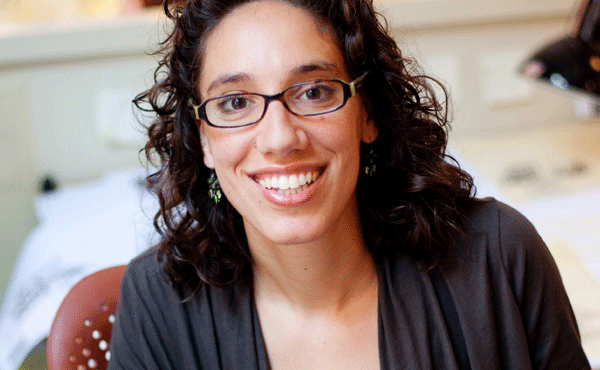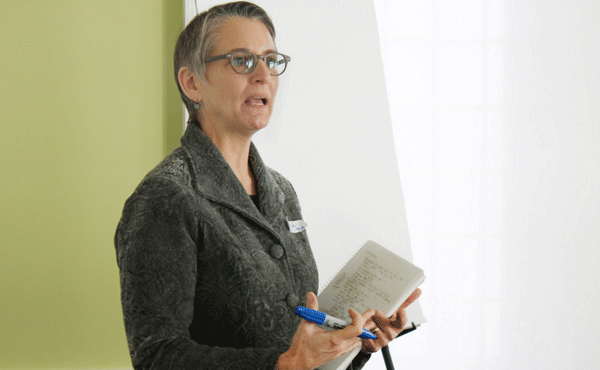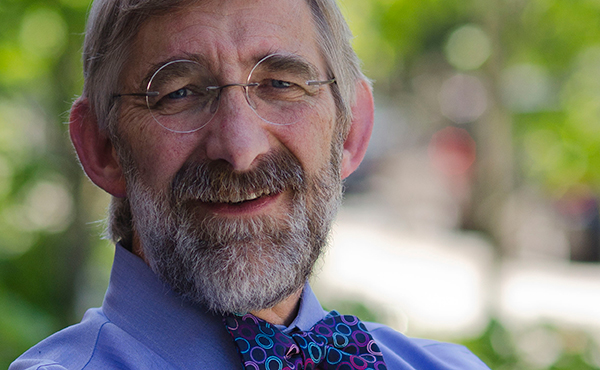Panel #5 | Imagined Adaptations
Session chair: Dennis Carlberg, AIA, LEED AP BD+C Sustainability Director, Boston University; and co-chair, Sustainability Council at the Urban Land Institute
74 Bridge Street Team (BCA, Inc. and Union Studio)
Case study of resiliency measures for an 18th-c. Newport house and neighborhood
Mason Andrews | Department of Architecture, Hampton University, Hampton, VA
A Quarter Low: Tidewater Resiliency Design Challenge – Collaboration between Hampton and Old Dominion Universities
Suzanne Mathew | Department of Landscape Architecture, Rhode Island School of Design
Imagining the Future Historic in the Landscape Architecture Studio
SESSION ABSTRACTS
Case study of resiliency measures for an 18th-c. Newport house and neighborhood
74 Bridge Street Team (BCA, Inc. and Union Studio)
Presented by:
Lisa Howe, Director of BCA’s New England branch, Newton Centre, Mass.
Stephanie R. Zurek, Associate, Union Studio, Providence, RI
A Quarter Low: Tidewater Resiliency Design Challenge – Collaboration between Hampton and Old Dominion Universities
In Norfolk, Virginia, a city second only to New Orleans in threat from combined sea level rise and land subsidence, an unlikely cross-disciplinary cross-university course has devised a paradigm for assessing adaptation strategies for existing historic communities. Under a tiny grant to a local environmental group, students and faculty at HBCU Hampton University’s Department of Architecture and at Old Dominion University’s Department of Civil and Environmental Engineering embarked on a study of Chesterfield Heights, a primarily African-American, low to moderate income, riverfront neighborhood listed on the National Register of Historic Places.
Through community interviews, and with a cadre of local professional advisors each with expertise in a particular piece of the puzzle that is adaptation to rising waters, students designed an array of mitigation strategies which forecast modeling showed nearly eliminated flooding into the next century. The project area became part of the Dutch Dialogues Virginia and was included in state entry for federal implementation funding. Another national register district is now under study. Our experience is that work at the scale of the neighborhood has great utility, not least the positive impact of engaging the general public in understanding and participating in keeping history above water. | Mason Andrews
Imagining the Future Historic in the Landscape Architecture Studio
This presentation will examine the role of academic studios in analyzing and predicting the issues cities will face when adapting historic sites to sea level rise. Specifically, the presentation will focus on theoretical research and design projects done by students at RISD in the 2015 thesis studio: Prototypes for Change: Designing for Sea-Level Rise in Boston, 2050-2100. These projects took on a range of historic landmarks and cultural landscapes. At the end of the term, a series of clear design factors and questions arose across the thesis investigations. These questions included: can protective systems be implemented without disconnecting historic sites from the public realm? Can historic sites be adapted to accept an influx of water, without damaging structures that need to be preserved? Do temporary or adaptive infrastructures provide longevity for historical sites? Should historic narratives change to acknowledge the changes climate change will bring to cities, and can this create a new era of awareness and stewardship?
This presentation will discuss both the outcomes of the collective design research, as well as the model of the directed design thesis studio and its potential as a think tank for predicting the site-specific challenges we will encounter with climate change. | Suzanne Mathew





